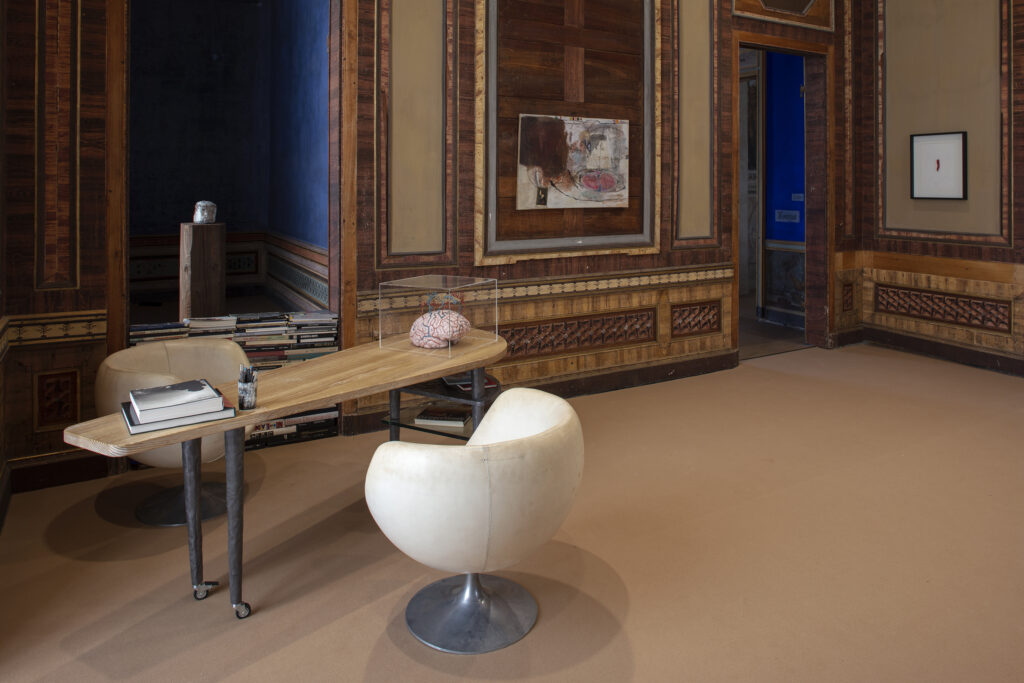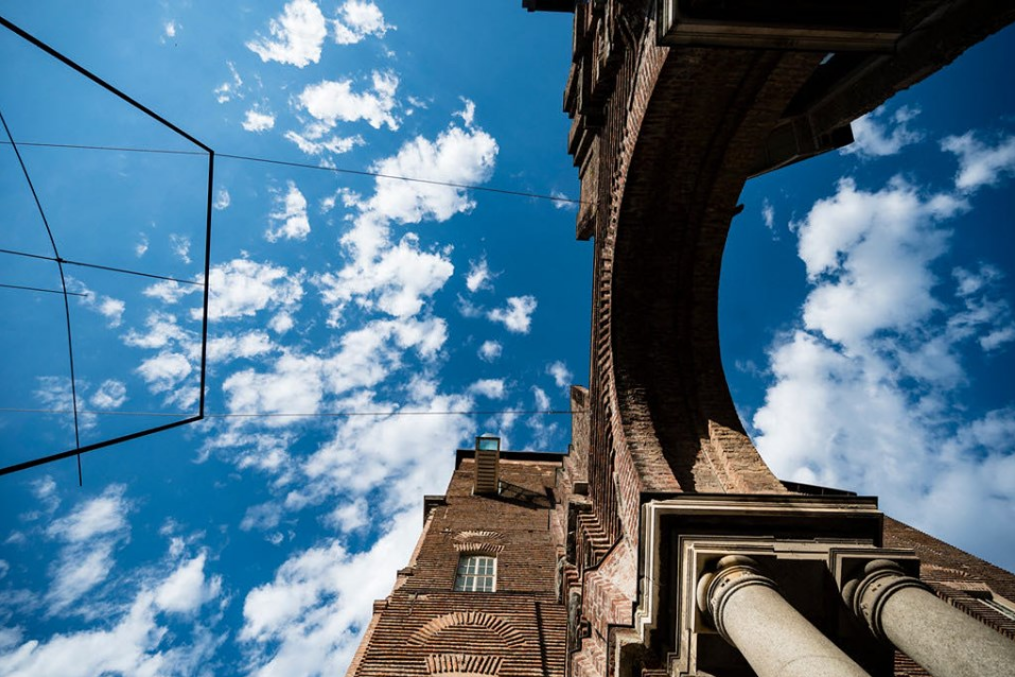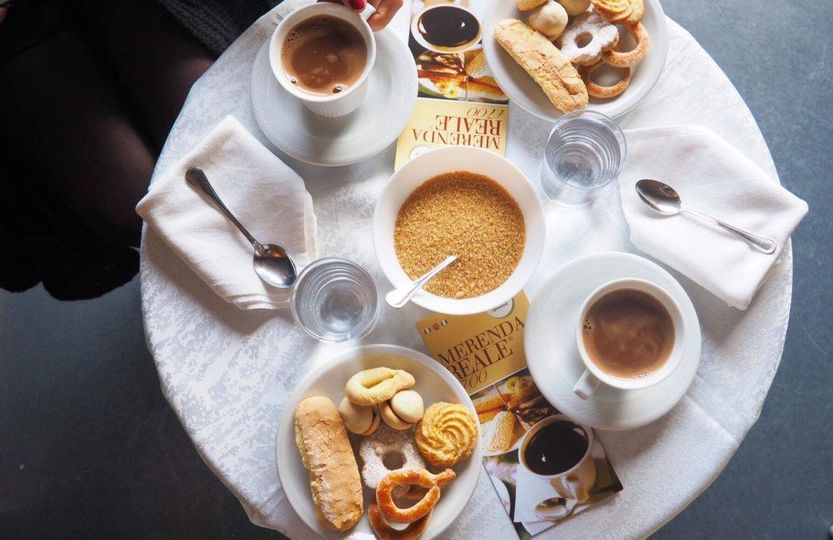A.B.O. THEATRON. L’Arte o la Vita
Coordinamento e sviluppo curatoriale: Andrea Viliani
Concept: Carolyn Christov-Bakargiev e Achille Bonito Oliva
Fino al 26 giugno 2022
Edificio Castello, secondo piano
Castello di Rivoli Museo d’Arte Contemporanea presents ‘A.B.O. THEATRON. Art or Life,’ an exhibition dedicated to one of the most important Italian contemporary art historians, critics and curators, Achille Bonito Oliva (Caggiano, 1939).

Descrizione mostra
Achille Bonito Oliva inaugura una figura di curatore particolarmente espressivo, istrionico, sperimentale, al contempo enciclopedico e comportamentale, compagno di strada degli artisti, in netto contrasto con le figure dei critici d’arte tradizionali che, prima di lui e della sua generazione, realizzavano mostre basate su presunti criteri scientifici di selezione e interpretazione. Achille è narcisista ma non vanitoso, una creatura straordinaria e intelligentissima.
Carolyn Christov-Bakargiev
A.B.O. THEATRON. Art or Life’ is part of the overall project Espressioni which investigates the multiple forms of expressivity that cross the history of art and society seeking an understanding of “Expression” that transcends the Eurocentric canon and any unique artistic movement.
Following the exhibition dedicated to Harald Szeemann in 2019, organized in collaboration with the Getty Research Institute of Los Angeles, this exhibition, organized by the CRRI (Castello di Rivoli Research Institute), focuses on Achille Bonito Oliva and constitutes the second chapter of an overall project that Castello di Rivoli Museo d’Arte Contemporanea and CRRI are dedicating to the most prominent contemporary art curators of the 20th and 21st centuries.
Starting from his training and activity in the field of visual poetry in the late 1960s, Bonito Oliva established a relation between some of the most prominent artists of the second half of the 20th century who contributed to the definition of radical new avenues of research, such as, in the late 1970s, those connected to Italian Transavanguardia internationally referred to as “New Expressionism” in the 1980s. Bonito Oliva is known for having launched the neo expressionist art movements through his presentation of their work at the ‘Aperto ‘80’ section of the Venice Biennale in 1980. He later also directed the overall 1993 edition of the famed Biennale of Venice.
With his 1976 book L’ideologia del traditore. Arte, maniera, manierismo (The Ideology of the Traitor: Art, Manner and Mannerism,) Bonito Oliva analyzed how Mannerism created a passage from the principle of creation in the Renaissance to that of citation, as a response of the artist to the crisis of society: the artist lost a sense of centrality and became a lateral figure, with respect to science and technology. This recalls the figure of the traitor who looks at the world, and does not accept it, who would like to change it but can only act with skepticism, without naive optimism. Similarly to the early 1500s, the 1970s where a period of ideological, economic, political and social crisis. In European culture, Mannerism developed in the early 1500s, just like the Transavanguardia developed in late 1970s and it was Bonito Oliva himself who made the analogy between Mannerism and the Transavanguardia.
Throughout Bonito Oliva’s activity, his critical writings and exhibition contributions, his curatorial flair, and intellectual provocations together constitute a uniquely dynamic output characterized by an ongoing interrelation between word and image, performativity and communication, and by a focus on the increasing intersections between art and life, art and other fields, which Bonito Oliva called “nomadic transversality.”
Major artworks on display include Pino Pascali’s Primo piano labbra (1965), which was showcased in Bonito Oliva’s first exhibition at Libreria-Galleria Guida in Naples in 1966. The exhibition also includes key pieces such as Lo Spirato (1968-73) by Luciano Fabro, which was presented at ‘Contemporanea’ in 1973, and a series of important Transavanguardia works, such as Silenzioso mi ritiro a dipingere un quadro (1977) by Mimmo Paladino, Cani con la lingua a spasso (1980) by Enzo Cucchi, Sinfonia incompiuta (1980) by Sandro Chia, Il cerchio di Milarepa (1982) by Francesco Clemente and Testa dell’artista cosmico a Torino (1984-85) by Nicola De Maria. The exhibition also includes La Luna (1968) by Fabio Mauri, part of the ‘Vitalità del negativo’ 1970 exhibition; Metrocubo d’Infinito (1966) by Michelangelo Pistoletto and Articolazione totale (1962) by Francesco Lo Savio, which was seen at ‘Minimalia’ in 1997-99, as well as TV-Buddha Duchamp-Beuys (1989) by Nam June Paik, included in ‘Tribù dell’Arte’, 2001. Also notable is Fountain (1917-64) by Marcel Duchamp.
Main Sponsor GUCCI
Media Partner Rai Cultura e Rai 5
Exhibition realized with the contribution primarily of the Regione Piemonte and Fondazione Compagnia di San Paolo. Catalog was realized thanks to the kind support of the Benefactor Gianfranco D’Amato
As usual, some of the works on display are on permanent loan at Castello di Rivoli from the Fondazione per l’Arte Moderna e Contemporanea CRT. For this we thank the Fondazione per l’Arte Moderna e Contemporanea CRT.
Lo storico dell’arte, il critico e il curatore
In occasione della mostra, la registra Irene Dionisio firma un ritratto filmico del critico dal titolo A.B.O. Transitando
The innovative intelligence of Achille Bonito Oliva has always experienced the laterality of time. She has always been capable of betraying the present with a profound capacity for nomadism, eclecticism and multidisciplinarity. As the art historian Giulio Argan said in the first meeting: “Achille as a curator would have outpaced everyone”
Irene Dionisio
Furthermore, through the presentation of a wide range of materials (catalogs, artist books, invitations, leaflets, press kits, display projects and photographs, private correspondence, TV program recordings, photo and video documentation and a considerable portion of his personal library), this exhibition celebrates the role of the curator in the field of contemporary art; moreover, this exhibition aims to draw a composite portrait of a proactive intellectual who has worked beyond the boundaries set by academic contexts, redefining fields of research and the means of curatorship, becoming a point of reference in the history of art of the late 20th and 21st centuries.
Exploring Bonito Oliva’s vast curatorial, theoretical and performative activity, the exhibition ‘A.B.O. THEATRON. Art or Life’ is structured around three interconnected levels each corresponding to an important aspect of the critic-curator’s multi-faceted activity:
Exhibition curating (documentation of major thematic exhibitions, selected by the curator himself). The exhibits included in this section are ‘Amore mio’, 1970; ‘Vitalità del negativo’, 1970; ‘Contemporanea’, 1973-74; the Transavanguardia section includes ‘Opere Fatte ad Arte’, 1979; ‘Le Stanze’, 1979; ‘Aperto ’80’, 1980 and ‘Avanguardia Transavanguardia’, 1982; as well as ‘Ubi Fluxus ibi motus’, 1990; ‘Cardinal Points of Art – XLV International Art Exhibition’, Venice Biennale, 1993; ‘Minimalia’, 1997; ‘Le Tribù dell’Arte’, 2001.
Encyclopaedic essay writing and private activities (explored via Bonito Oliva’s major publications and a considerable selection of unpublished material).
Performative expressions, journalism, speaking and public activities (radio, cinema and, above all, television contributions, projects for newspapers and periodicals, as well as awards and those tools functional to the definition of a real cult of his personality, defining the autonomous dimension of his public figure).
A remarkable selection of TV footage kindly granted by Rai Teche is also exhibited. Among Achille Bonito Oliva’s most recent TV appearances is his conversation with the pop star Harry Styles commissioned by GUCCI for GucciFest in 2020.
In conjunction with this exhibition, Achille Bonito Oliva has donated his entire archive to the CRRI, making the valuable intellectual heritage he has collected over more than sixty years – from his early teenage writings to his most recent productions – available to national and international scholars. Achille Bonito Oliva’s archive will be studied, displayed and published for the first time on this occasion.
A walk in the show
The Archive
“It has been a continuous discovery and a great privilege, to have had the opportunity to dedicate two years to the study of a yet unpublished archive such as this one, attesting to the over sixty years of critical and curatorial activity of Achille Bonito Oliva. Our exhibition is a milestone in the Castello di Rivoli and CRRI program dedicated to the greatest curators of the 20th century.”
Andrea Viliani
In conjunction with this exhibition, Achille Bonito Oliva has donated his entire archive to the CRRI, making the valuable intellectual heritage he has collected over more than sixty years – from his early teenage writings to his most recent productions – available to national and international scholars. Achille Bonito Oliva’s archive will be studied, displayed and published for the first time on this occasion.
GUCCI
On the occasion of this exhibition, GUCCI has designed the uniforms for the exhibition’s “guardian angels,” the gallery assistants who welcome visitors and take care for artworks while on display. Like gardeners in an imaginary park, the assistants (who in the past would be called “guards”), are renamed in French “jardiniers du théatre” (gardeners of the theater) for this project. These “guardian angels” or gardeners will be dressed in a sage-green uniform, signalling the exhibition as a walk through a garden and creatively accompanying the project by transforming the traditional museum-sponsor relationship. The main sponsor in this case takes part in the creation of the exhibition design, highlighting the presence of the essential but often invisible workers of the art world. This project draws inspiration from the GUCCI February 2020 fashion show when the creative director Alessandro Michele and his team wore uniforms, thus providing the audience with a glimpse of the backstage work connected to the presentation of “The Ritual” collection.




Photo Valentina Sommariva | Courtesy Gucci
Conversations
What’s on
No posts found.





